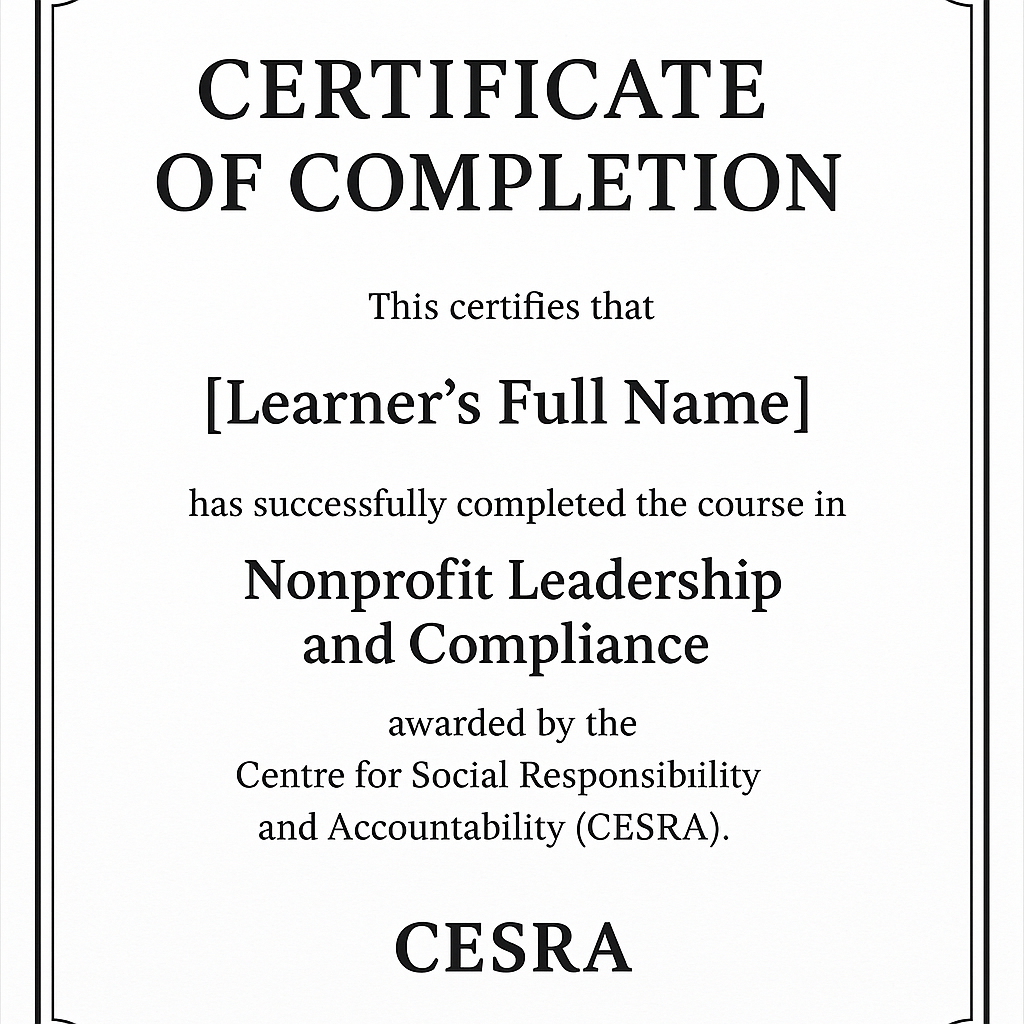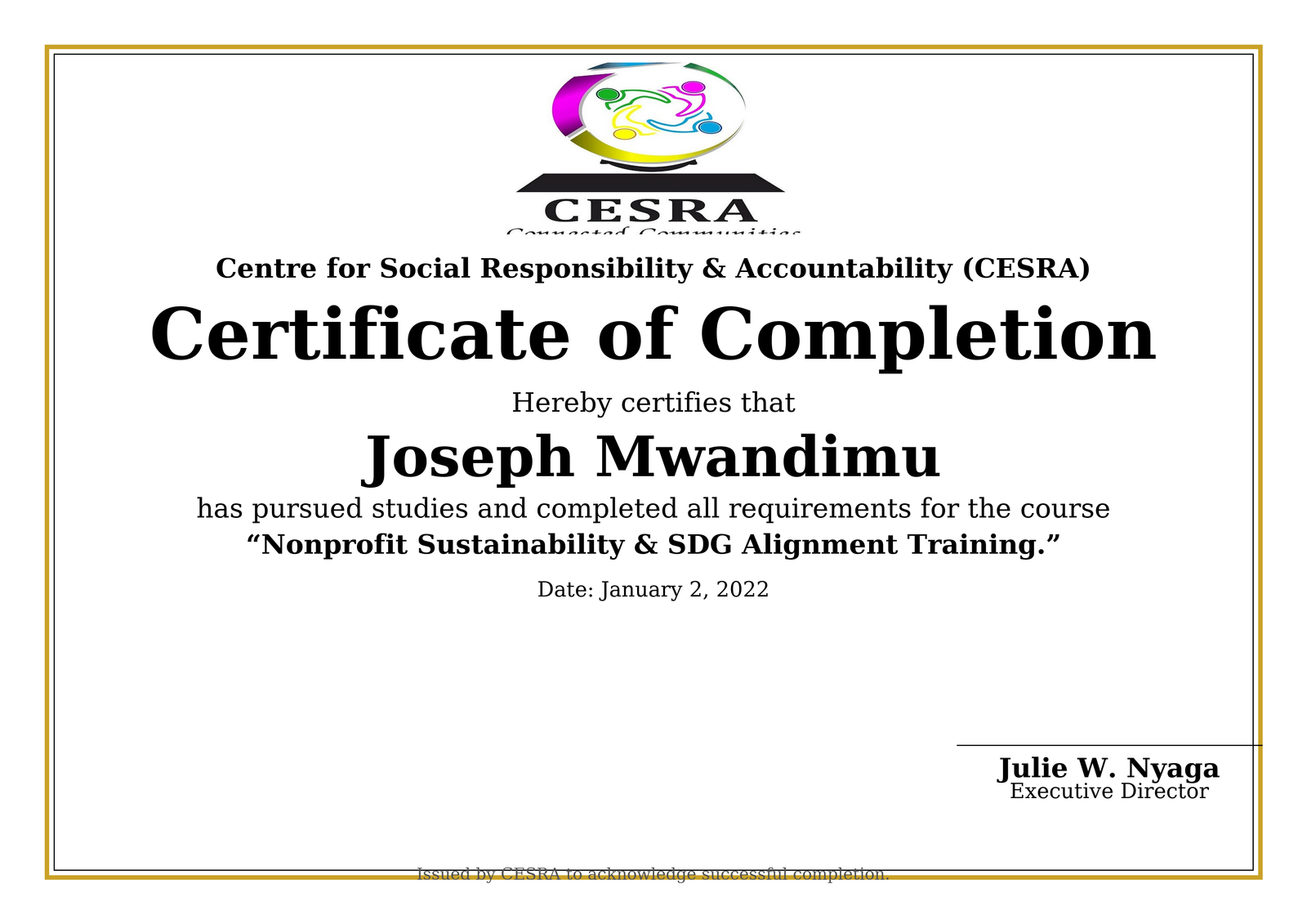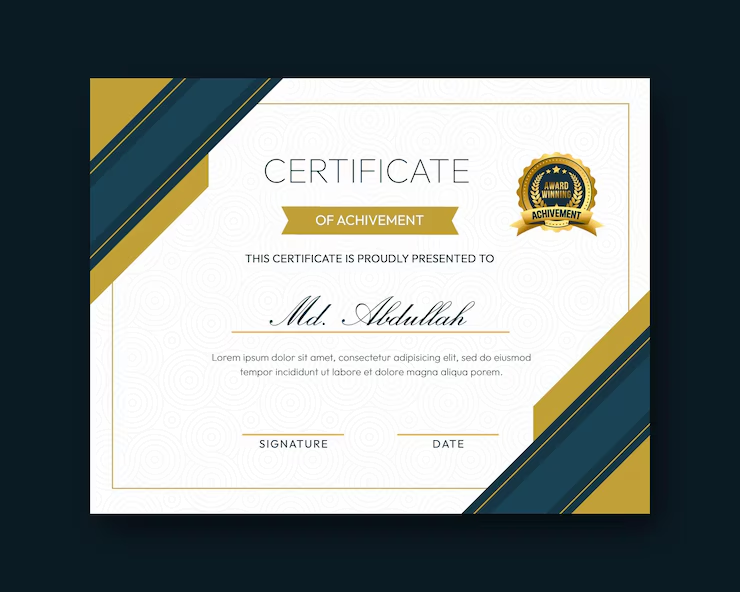Practical Guide
Securing funding is one of the biggest challenges for nonprofits. Many organizations have strong visions but struggle to attract resources because they don’t fully understand how the funding process works. This guide provides a step-by-step explanation that will help nonprofits position themselves for success.
- Where Funding Comes From
Nonprofits can access funding from several channels:
- Donations – individual gifts, one-off or recurring.
- Grants – funds from governments, foundations, or international organizations.
- Corporate Social Responsibility (CSR) – partnerships with companies investing in social causes.
- Membership fees – common in associations or alliances.
- Fundraising events & campaigns – dinners, charity walks, auctions, online drives.
- Social enterprises – income-generating projects that support your mission.
- The Funding Cycle
Funding follows a structured cycle. Understanding it helps nonprofits avoid wasted effort and missed opportunities.
- Identify the need – Define the problem, collect evidence, and clarify who benefits.
- Research funders – Look for donors whose priorities align with your mission.
- Prepare a concept note – A short summary (2–4 pages) that introduces your idea.
- Submit & wait for feedback – Donors review and decide if they want a full proposal.
- Develop a full proposal – A detailed plan, budget, and implementation framework.
- Due diligence – Donors verify your legal status, governance, and financial systems.
- Approval & agreement – If successful, you’ll sign a grant agreement.
- Implementation & reporting – Deliver activities, monitor progress, and submit reports.
- Renewal or closure – Donors may extend support if results are strong.
- From Concept Note to Full Proposal
The Concept Note
- Short and concise (2–4 pages).
- Includes: background, problem statement, objectives, main activities, expected impact, and estimated budget.
- Purpose: To check if your idea matches donor priorities before you invest in a full proposal.
Donor Feedback
- Donors may:
- Decline the idea.
- Ask for clarifications.
- Invite a full proposal.
The Full Proposal
- Comprehensive and detailed (10–30+ pages).
- Includes:
- Executive summary
- Organizational profile
- Detailed project design (activities, timeline, results)
- Logical framework or theory of change
- Monitoring & evaluation plan
- Sustainability plan
- Risk analysis
- Itemized budget with justification
- Purpose: To prove you can manage funds responsibly and deliver measurable impact.
- What Funders Look For
Donors rarely release money without assurance. They consider:
- Credibility – legal registration, active board, strong governance.
- Transparency – financial systems, audits, and clear accountability.
- Impact – measurable outcomes and success stories.
- Sustainability – how the project continues after donor support.
- Alignment – your mission fits with their giving priorities.
- Challenges Nonprofits Face
- High competition for limited grants.
- Strict compliance and reporting requirements.
- Donor priorities changing (e.g., shifting from health to climate).
- Short-term funding vs. long-term community needs.
- Tips for Success
- Keep organizational documents updated (registration, audits, reports).
- Build relationships with donors beyond funding requests.
- Start with smaller grants to prove capacity.
- Showcase impact stories widely — funders value visibility.
- Diversify your funding sources to avoid dependency.
- Conclusion
Funding is not a one-time event but a continuous process. It begins with a concept note, grows into a full proposal, and is sustained through accountability and impact reporting. By understanding these steps and preparing your organization with the right structures and documents, nonprofits can build trust with funders and increase their chances of securing the resources needed to drive lasting change.
✨ Important Note: Nonprofits that complete CESRA’s training in leadership, sustainability, and compliance are better prepared to meet funder expectations, present strong proposals, and build long-term partnerships.


